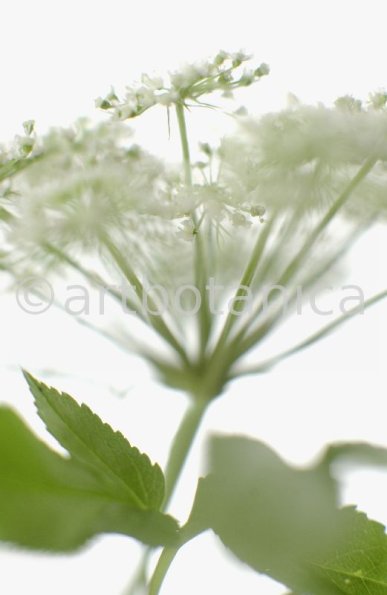
Die kräftige, bis zu 2,50 m hoch wachsende Staude wächst in den nördlichen Teilen Europas und Asiens. In Mitteleuropa wurde sie erst ab dem 14. Jahrhundert bekannt. Der Sage nach wurde sie dem Menschen von einem Engel gezeigt, was sich auch im Namen niederschlug Angelus = Engel) und galt als Heilmittel gegen Pest und bösem Zauber. During its first year it only grows leaves, but during its second year its fluted stem can reach a height of two meters (or six feet). Its leaves are composed of numerous small leaflets, divided into three principal groups, each of which is again subdivided into three lesser groups. The edges of the leaflets are finely toothed or serrated. The flowers, which blossom in July, are small and numerous, yellowish or greenish in colour, are grouped into large, globular umbels, which bear pale yellow, oblong fruits. Angelica only grows in damp soil, preferably near rivers or deposits of water. From the 10th century on, angelica was cultivated as a vegetable and medicinal plant.
